Rio de Janeiro, like many previous host cities, has viewed the Olympics as a way to boost its political standing globally and create durable economic benefits locally. More often than not, the promise of increased tourism, job creation, and renewed investment appears in plans that cities submit as part of their bids to the International Olympic Committee. Over time, however, the costs often outweigh these potential benefits as the immense physical and financial scale of many Olympic projects – from stadiums to housing – become notoriously difficult to manage, even long before the Games begin.
This cautionary tale is nothing new – more cities are simply backing away from the IOC selection process altogether – but mega events like the Olympics still hold an allure for many regions looking to drive new infrastructure improvements and jumpstart broader economic-development efforts. When it comes to transportation upgrades, in particular, Rio offers a useful case to consider, where the need for greater urban access and connectivity remains a clear work in progress.
As a sprawling mega city with more than 6.5 million residents, Rio not only covers a diverse and expansive urban landscape, but it also poses significant spatial barriers to economic opportunity, with nearly a quarter of its population living in poorer, outlying favelas. Frequently cut off from jobs and other basic services, many of Rio’s residents must overcome great distances and some of the world’s worst traffic congestion to reach their destinations. This is especially true for commuters who can spend up to 31 percent more time getting to their jobs every day than do those in other Brazilian cities, leading to lost productivity and a host of other environmental concerns.
The Olympics, in turn, have helped spur a variety of transportation improvements aimed at providing increased reliability and flexibility. Championed by Rio Mayor Eduardo Paes and outlined in the city’s strategic plan, “the implementation of a modern integrated high-capacity transport system” has represented a major component of the region’s Olympics legacy. In addition to several port and roadway expansions, public and private leaders have spearheaded the creation of a new light-rail system, a 10-mile subway extension, and nearly 280 miles of new cycling paths. Perhaps most notably, Rio has built out a robust network of bus rapid transit, or BRT, corridors, looking to connect more than 60 percent of its residents with easy access to mass transportation.
Of course, Rio has not exactly carried out these projects with glowing reviews, continuing to endure a number of economic struggles and infrastructure shortfalls along the way. Construction delays, political controversies, and corruption charges have dominated headlines leading up to the Olympics, while total infrastructure costs have ballooned to nearly $20 billion and public budgets have been stretched to the limit. At the same time, favela residents have faced evictions, long-standing inequalities appear to be getting worse, and questions loom over the ability of transportation upgrades to serve all types of users.
While many of these infrastructure challenges are specific to Rio, there are several lessons other cities worldwide can gain from its experience as they shift to a new transportation model that increasingly puts people first, whether they end up hosting the Olympics or not.
Regardless of the particular project, cities like Rio need to consider a broad array of accessibility concerns when forging stronger, long-term transportation links. Rather than focusing on immediate capacity needs and serving a select group of users in time for a mega event like the Olympics, it is crucial to integrate infrastructure improvements more seamlessly into the existing urban environment based on actual user demands. Improving regional ties, pursuing low-carbon solutions, and building off previous urban plans – where feasible – should all play a role in these efforts, which Rio can implement though its ongoing BRT upgrades and transit-oriented development aims.
Likewise, coordinating transportation improvements in light of evolving land-use considerations, governance challenges, and financial obligations should be front and center for places such as Rio moving forward. Although Rio’s strategic plan laid out a detailed “matrix of responsibilities” as part of its Olympic infrastructure vision, rapidly changing project timelines, pressing budget constraints, and other emerging concerns – frequently voiced by residents themselves – should have been internalized more fully. Rio’s new “integrated control center” represents a positive step in this direction when it comes to monitoring the region’s latest service needs, but public and private leaders must articulate the risks, rewards, and performance measures used more clearly when carrying out future projects.
The Olympics have long represented an onerous undertaking for cities, especially those that have aimed high with their infrastructure plans. However, as Rio’s case has shown, they provide a chance to reflect on broader urban challenges and opportunities, including transportation access. While only a handful of cities have staged the Olympics – or ever will – they offer helpful precedents to guide future infrastructure decisions and connect to more enduring economic opportunity.
The Brookings Institution is committed to quality, independence, and impact.
We are supported by a diverse array of funders. In line with our values and policies, each Brookings publication represents the sole views of its author(s).
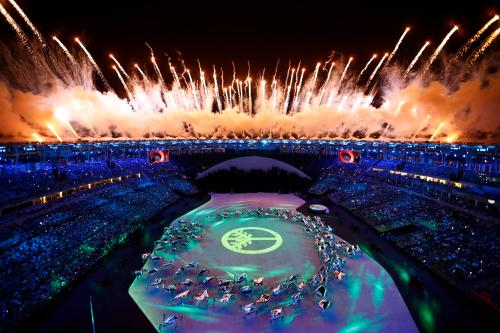
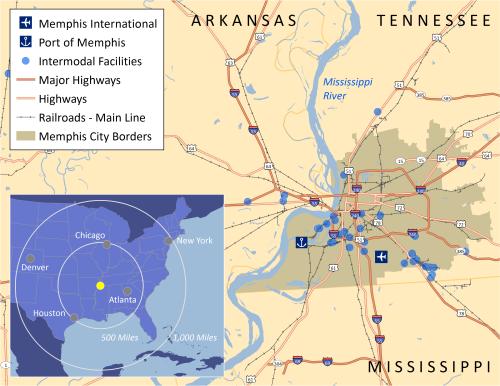
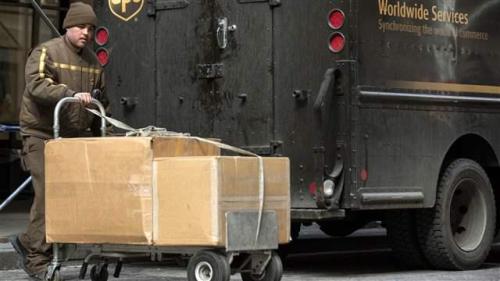
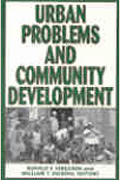
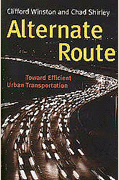
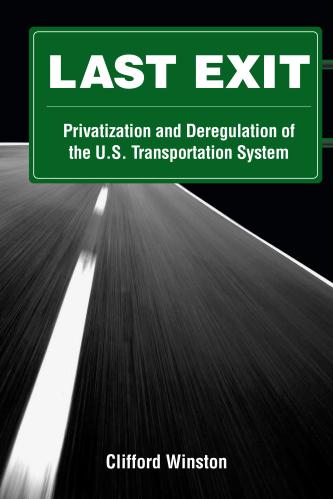



Commentary
Aligning Olympic ambitions with urban-access concerns in Rio and beyond
August 12, 2016